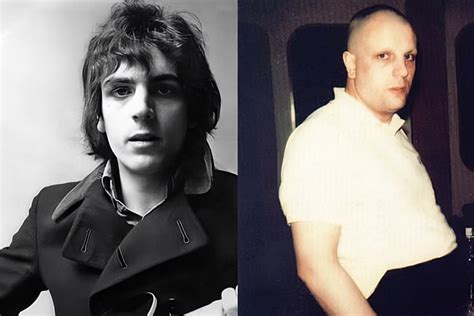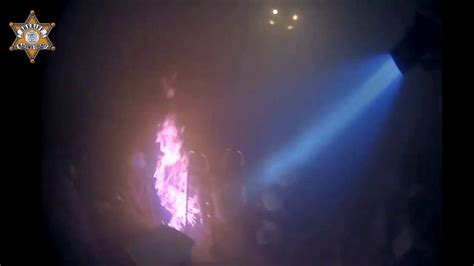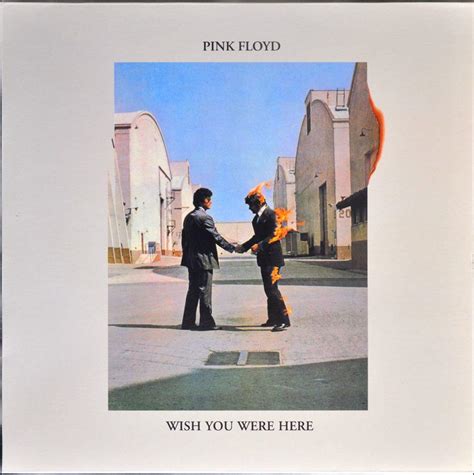Shine On: A Creative Writer's Guide to the 'Wish You Were Here' Album Cover Art

The cover of Pink Floyd's 1975 masterpiece, *Wish You Were Here*, is one of the most haunting and recognizable images in music history. More than just a photograph, it’s a profound visual poem created by the legendary design studio Hipgnosis. The image of two businessmen shaking hands—one of whom is calmly engulfed in flames—is a stark and unforgettable statement. It refuses to be a simple promotional tool; instead, it's a piece of art that demands interpretation.
This cover art speaks to the album's central themes: the gaping void left by former bandmate Syd Barrett's departure, the crushing pressures of the music industry, and the very nature of absence itself. It’s a greeting card from a place of emotional emptiness, a postcard sent from the edge of sanity. If you've ever gazed at this cover and felt a deep, unspoken melancholy, here is a guide to help you unpack its layers of creative and emotional meaning.
1. Messages of Absence & The Ghost of Syd Barrett


At its core, the album is a tribute to Syd Barrett, the band's original visionary, who was a spectral presence during the recording sessions. The cover art is a masterclass in visualizing this absence.
- "We're just two lost souls swimming in a fish bowl, year after year." The cover shows a connection that isn't really there.
- The title, "Wish You Were Here," is a direct address to a missing person, a feeling made physical by the image.
- The burning man isn’t reacting. He is physically present but emotionally and spiritually absent, much like Syd was during his final visit to the studio.
- Look at the space around the figures. The vast, empty backlot emphasizes a sense of loneliness and isolation.
- Which one is "Pink"? The question the band was famously asked by an oblivious record exec is embodied here. Both men are faceless archetypes, not real people.
- The handshake is an attempt at connection, but the fire creates an impossible barrier.
- It's a photograph of a ghost—a memory so powerful it has become a walking phantom.
- The image doesn’t capture a moment of action, but a state of being: perpetually on fire, perpetually disconnected.
2. The Man on Fire: Getting Burned by the Business


The most visceral element is the man on fire. This speaks directly to the experience of artists feeling used, exploited, and "burned" by the deals they make.
- This is the price of a deal with the "machine"—you might get what you want, but you will be consumed in the process.
- It visualizes the fear of being emotionally destroyed while maintaining a professional facade.
- The handshake continues, suggesting a willingness to hide the pain for the sake of business.
- It’s a warning about selling your soul and the risk of self-immolation in the pursuit of success.
- Notice the calmness of his posture. This isn't a scream of agony, but a quiet, horrifying acceptance of his fate.
- The fire represents raw, untamed artistry, while the suit represents the sterile conformity of commerce.
- "Getting burned" is a common industry phrase, and Hipgnosis turned that cliché into a terrifyingly literal image.
- It’s a symbol of extreme vulnerability, exposed for all to see, yet ignored by the person right in front of him.
- This is what happens when passion turns into a product to be sold.
3. The Empty Handshake: A Deal Without a Soul


The handshake is a universal symbol of agreement and trust. Here, it is rendered meaningless and fraudulent, a perfect metaphor for the band's growing cynicism.
- This handshake lacks all warmth and sincerity; it’s a hollow gesture performed by two people who aren't truly connecting.
- The man on the right leans away, a subtle body language cue that shows his reluctance and fear of getting too close.
- It represents a soulless transaction where neither party is genuine with the other.
- This is the moment a contract is signed, but trust has already been broken.
- It’s an agreement based on phoniness, where hiding your true self is part of the deal.
- The act of shaking hands implies a partnership, but the fire suggests it's a deeply unbalanced and dangerous one.
- It’s a perfect visual for "going through the motions" in a world that has lost its meaning.
- The crisp, white suit of the unburnt man is a stark contrast to the destructive element, symbolizing a cold, clean getaway from the dirty work.
4. The Hollywood Facade: Reflections on Authenticity


The setting is not a real street but the Warner Bros. studio backlot in Los Angeles. This choice is deliberate, framing the entire scene as a carefully constructed illusion.
- The world they operate in isn't real. It's a movie set, a place of make-believe.
- This setting critiques the artificial nature of the music industry and the "stardom" it manufactures.
- Like a film, what we see is a carefully staged version of reality, not reality itself.
- The perfect, clean lines of the buildings contrast with the messy, chaotic fire, highlighting the conflict between image and reality.
- The wind blowing from a hidden machine (which caused the flames to blow into stuntman Ronnie Rondell's face) is another layer of fakery. Even the environment is lying.
- It's a commentary on how artists are placed into artificial scenarios for public consumption.
- The scene feels both hyper-realistic and completely surreal, mirroring the feeling of being inside the "bubble" of fame.
- This isn’t a real place because the emotions and relationships within the industry are no longer real either.
5. Beyond the Flames: Meanings in the Full Album Package


The genius of Hipgnosis extended to the entire packaging, with each element reinforcing the theme of absence and emptiness.
- The Black Shrink-Wrap: The original LP was sold in opaque black plastic. The art was absent until you opened it, forcing the buyer to break the seal to engage with the work.
- The Diver: An image inside the booklet shows a man diving into a lake, but creating no splash. It symbolizes an action that has no effect, an effort that makes no impact.
- The Faceless Salesman: Another image features a man in a suit and bowler hat in the middle of a desert, holding an LP. He has no wrists or ankles, making him an "empty suit" selling a transparent product.
- The Red Veil: A photo on the back cover shows a veiled woman in a windswept, barren landscape. The veil conceals her identity, and the "soul" is lost to the wind.
- The Inner Sleeve: The graphics on the inner sleeve, including charts and diagrams, further emphasize the cold, mechanical, and technical side of an industry that has lost its human touch.
- The Postcard: Included with the album was a postcard of the splashless diver, a perfect souvenir from a place of emotional emptiness.
- All these elements work together to create a world where nothing is what it seems and human presence has been erased.
### Conclusion
The *Wish You Were Here* album cover is not just an image; it’s a story. It’s a work of conceptual art that perfectly encapsulates the music within. As you listen to the soaring guitar of "Shine On You Crazy Diamond" or the weary resignation of "Welcome to the Machine," let your eyes wander over this cover. Use these interpretations as a starting point, but allow the image to speak to you directly. The true power of this artwork is in the personal connection it forges, a silent, fiery handshake between the art and its observer.
